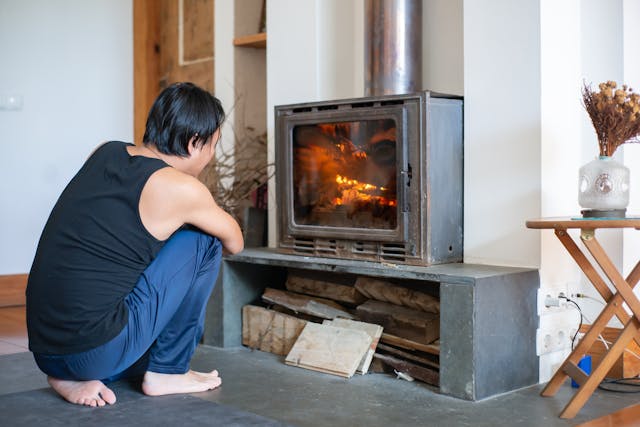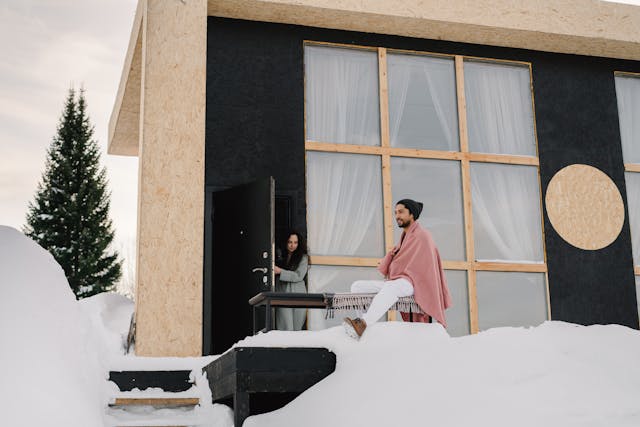
Insulating your home is essential, whether you live in a warm or cold climate. Keeping the temperature inside separate from the weather outside means you and your family can remain comfortable year-round.
But the process of insulating your home isn’t exactly trouble-free. Many homeowners experience issues that are then costly to later correct.
This post looks at some of the problems you might face and what you can do about them. Check out this rundown:
Ineffective Ventilation
Ineffective ventilation is one of the primary things that can go wrong with your home insulation. Disallowing air circulation can cause all sorts of issues, including allowing heat and moisture to build up in specific areas.
For this reason, installing the proper vents in your home is essential. You want to ensure there’s adequate flow from one room to another, and that you have the ability to close vents when needed (say, for instance, during cold weather or bouts of air pollution).
If you don’t add ventilation, you could face problems like ice dams and condensation. These can damage your property and lead to mold issues that are hard to resolve.
Health Risks
Another issue with insulation is, surprisingly, the health risks. Fiberglass is actually quite dangerous if not handled properly. Fitting it into your home could disturb the particles the material contains, irritating the eyes, nose, lungs, and hands.
For this reason, be careful with your choice of insulation material. Look for cost-effective alternatives that offer a high level of efficiency.
Also, if you are installing or removing fiberglass, ensure you wear protective clothing. Gloves, goggles, and a face mask are essential.
Wiring Or Plumbing Damage

Some homeowners also run into issues regarding wiring and plumbing damage. During the process of installation, you can sometimes knock these components out of place, creating damage and a mess.
The obvious advice is to just be careful. Avoid the temptation to simply rip out existing installations, thinking that all the infrastructure behind your walls will survive. Usually, it won’t.
You can also take the slowly-slowly approach. Conventional insulation material should simply peel away from the wall. Most installers make cut-outs for electrics and wiring, making your job even easier.
If you can’t pull the insulation away from the wall in one piece, find ways to cut it. Often, removing a section helps you slide off the entire panel.
Foam-based insulations are more challenging to deal with since they are sticky. However, most manufacturers develop formulations that you can chip away at once cured. It’s a messy job, but it will spare anything behind the wall from damage.
Moisture Buildup In The Attic
Moisture buildup in the attic is another common problem homeowners face. Improper insulation can lead to excessive condensation in the roofing materials and surrounding areas, leading to damage.
If this occurs, check ventilation levels to see if air can move through the attic and deposit moisture elsewhere. You should have engineering holes in your masonry.
You can also talk to roofing contractors about whether your roof is prone to moisture because of damage. It’s possible that you don’t have a problem with your insulation, but with rain getting into your interiors.
Insulating Too Much
Believe it or not, you can sometimes run into the problem of too much insulation. Laying it on thick isn’t always a good idea.
One problem with tightly sealed cavity walls and attic spaces is that they stop your property from breathing. This issue is something many people link to the problem of “sick house syndrome.” A muggy interior can make you feel awful.
Therefore, always follow the recommended insulation thickness and density for your application. Don’t apply extra in the hope that it will make your property more energy-efficient.
Poor Installation
Poor installation can also be a problem. Orientating insulation incorrectly or cramming it into cavities can render it ineffective.
One standout issue is simply leaving too many gaps around the insulation. If air can travel around it, it won’t work as effectively.
Another issue is distributing the insulation unevenly. Laying it on thick in some places and thinly in others won’t improve home efficiency and could even lead to excessive cold.
The simplest solution is to find contractors who know what they’re doing. Finding people with experience working on properties like yours is a shortcut.
The alternative is to spend some time learning what to do online if you’re taking the DIY approach. Don’t rely on a single source as they may not provide you with all the perspectives you need.